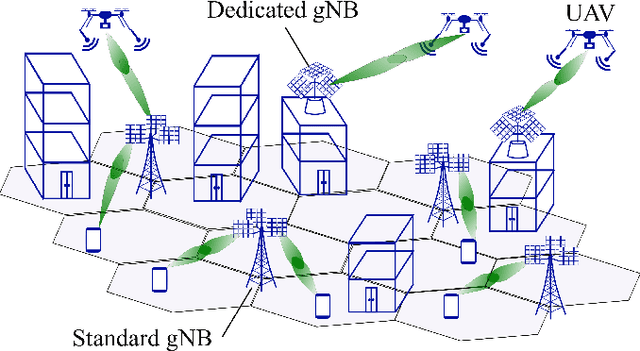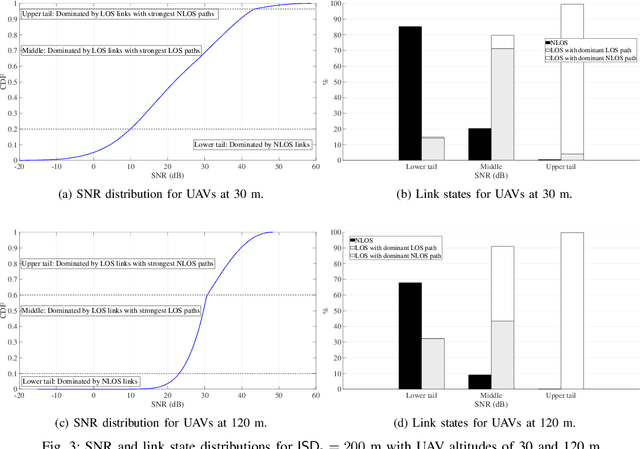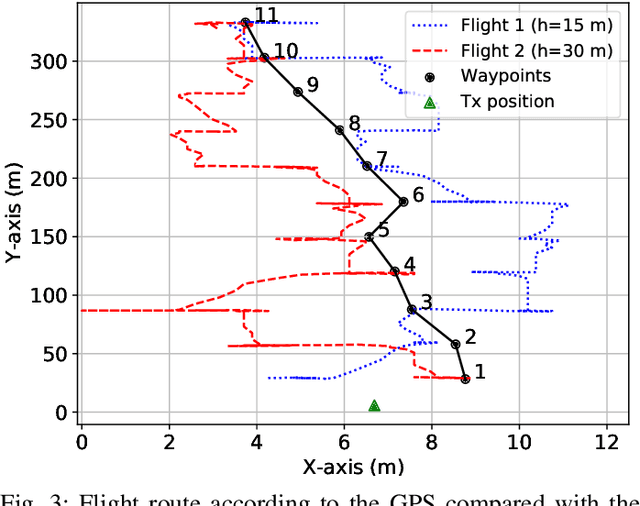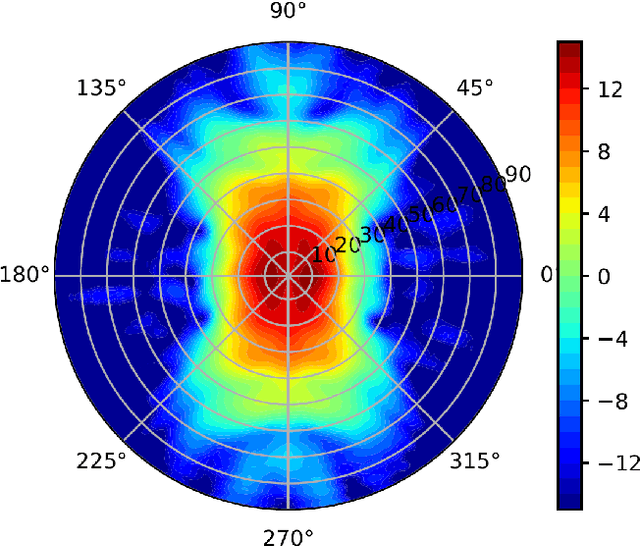William Xia
Lessons from the TREC Plain Language Adaptation of Biomedical Abstracts (PLABA) track
Jul 18, 2025



Abstract:Objective: Recent advances in language models have shown potential to adapt professional-facing biomedical literature to plain language, making it accessible to patients and caregivers. However, their unpredictability, combined with the high potential for harm in this domain, means rigorous evaluation is necessary. Our goals with this track were to stimulate research and to provide high-quality evaluation of the most promising systems. Methods: We hosted the Plain Language Adaptation of Biomedical Abstracts (PLABA) track at the 2023 and 2024 Text Retrieval Conferences. Tasks included complete, sentence-level, rewriting of abstracts (Task 1) as well as identifying and replacing difficult terms (Task 2). For automatic evaluation of Task 1, we developed a four-fold set of professionally-written references. Submissions for both Tasks 1 and 2 were provided extensive manual evaluation from biomedical experts. Results: Twelve teams spanning twelve countries participated in the track, with models from multilayer perceptrons to large pretrained transformers. In manual judgments of Task 1, top-performing models rivaled human levels of factual accuracy and completeness, but not simplicity or brevity. Automatic, reference-based metrics generally did not correlate well with manual judgments. In Task 2, systems struggled with identifying difficult terms and classifying how to replace them. When generating replacements, however, LLM-based systems did well in manually judged accuracy, completeness, and simplicity, though not in brevity. Conclusion: The PLABA track showed promise for using Large Language Models to adapt biomedical literature for the general public, while also highlighting their deficiencies and the need for improved automatic benchmarking tools.
JEBS: A Fine-grained Biomedical Lexical Simplification Task
Jun 15, 2025



Abstract:Online medical literature has made health information more available than ever, however, the barrier of complex medical jargon prevents the general public from understanding it. Though parallel and comparable corpora for Biomedical Text Simplification have been introduced, these conflate the many syntactic and lexical operations involved in simplification. To enable more targeted development and evaluation, we present a fine-grained lexical simplification task and dataset, Jargon Explanations for Biomedical Simplification (JEBS, https://github.com/bill-from-ri/JEBS-data ). The JEBS task involves identifying complex terms, classifying how to replace them, and generating replacement text. The JEBS dataset contains 21,595 replacements for 10,314 terms across 400 biomedical abstracts and their manually simplified versions. Additionally, we provide baseline results for a variety of rule-based and transformer-based systems for the three sub-tasks. The JEBS task, data, and baseline results pave the way for development and rigorous evaluation of systems for replacing or explaining complex biomedical terms.
Multi-Frequency Channel Modeling for Millimeter Wave and THz Wireless Communication via Generative Adversarial Networks
Dec 22, 2022Abstract:Modern cellular systems rely increasingly on simultaneous communication in multiple discontinuous bands for macro-diversity and increased bandwidth. Multi-frequency communication is particularly crucial in the millimeter wave (mmWave) and Terahertz (THz) frequencies, as these bands are often coupled with lower frequencies for robustness. Evaluation of these systems requires statistical models that can capture the joint distribution of the channel paths across multiple frequencies. This paper presents a general neural network based methodology for training multi-frequency double directional statistical channel models. In the proposed approach, each is described as a multi-clustered set, and a generative adversarial network (GAN) is trained to generate random multi-cluster profiles where the generated cluster data includes the angles and delay of the clusters along with the vectors of random received powers, angular, and delay spread at different frequencies. The model can be readily applied for multi-frequency link or network layer simulation. The methodology is demonstrated on modeling urban micro-cellular links at 28 and 140 GHz trained from extensive ray tracing data. The methodology makes minimal statistical assumptions and experiments show the model can capture interesting statistical relationships between frequencies.
Millimeter-Wave UAV Coveragein Urban Environments
Apr 05, 2021



Abstract:With growing interest in mmWave connectivity for UAVs, a basic question is whether networks intended for terrestrial users can provide sufficient aerial coverage as well. To assess this possibility, the paper proposes a novel evaluation methodology using generative models trained on detailed ray tracing data. These models capture complex propagation characteristics and can be readily combined with antenna and beamforming assumptions. Extensive simulation using these models indicate that standard (street-level and downtilted) base stations at typical microcellular densities can indeed provide satisfactory UAV coverage. Interestingly, the coverage is possible via a conjunction of antenna sidelobes and strong reflections. With sparser deployments, the coverage is only guaranteed at progressively higher altitudes. Additional dedicated (rooftop-mounted and uptilted) base stations strengthen the coverage provided that their density is comparable to that of the standard deployment, and would be instrumental for sparse deployments of the latter.
Lightweight UAV-based Measurement System for Air-to-Ground Channels at 28 GHz
Mar 31, 2021



Abstract:Wireless communication at millimeter wave frequencies has attracted considerable attention for the delivery of high-bit-rate connectivity to unmanned aerial vehicles (UAVs). However, conducting the channel measurements necessary to assess communication at these frequencies has been challenging due to the severe payload and power restrictions in commercial UAVs. This work presents a novel lightweight (approximately 1.3 kg) channel measurement system at 28 GHz installed on a commercially available UAV. A ground transmitter equipped with a horn antenna conveys sounding signals to a UAV equipped with a lightweight spectrum analyzer. We demonstrate that the measurements can be highly influenced by the antenna pattern as shaped by the UAV's frame. A calibration procedure is presented to correct for the resulting angular variations in antenna gain. The measurement setup is then validated on real flights from an airstrip at distances in excess of 300 m.
 Add to Chrome
Add to Chrome Add to Firefox
Add to Firefox Add to Edge
Add to Edge